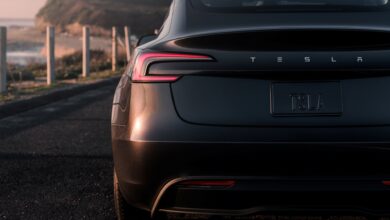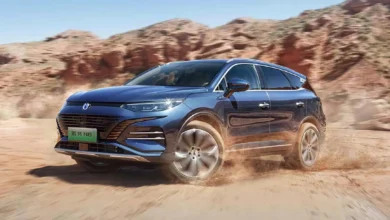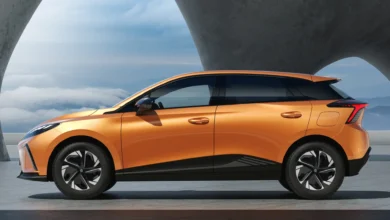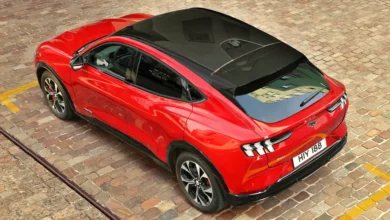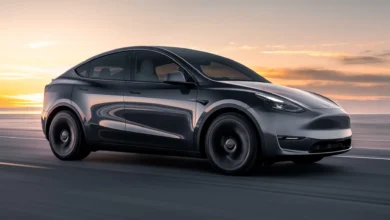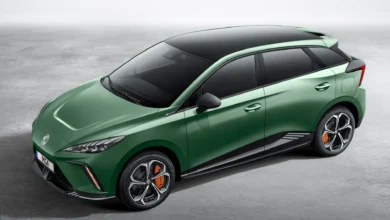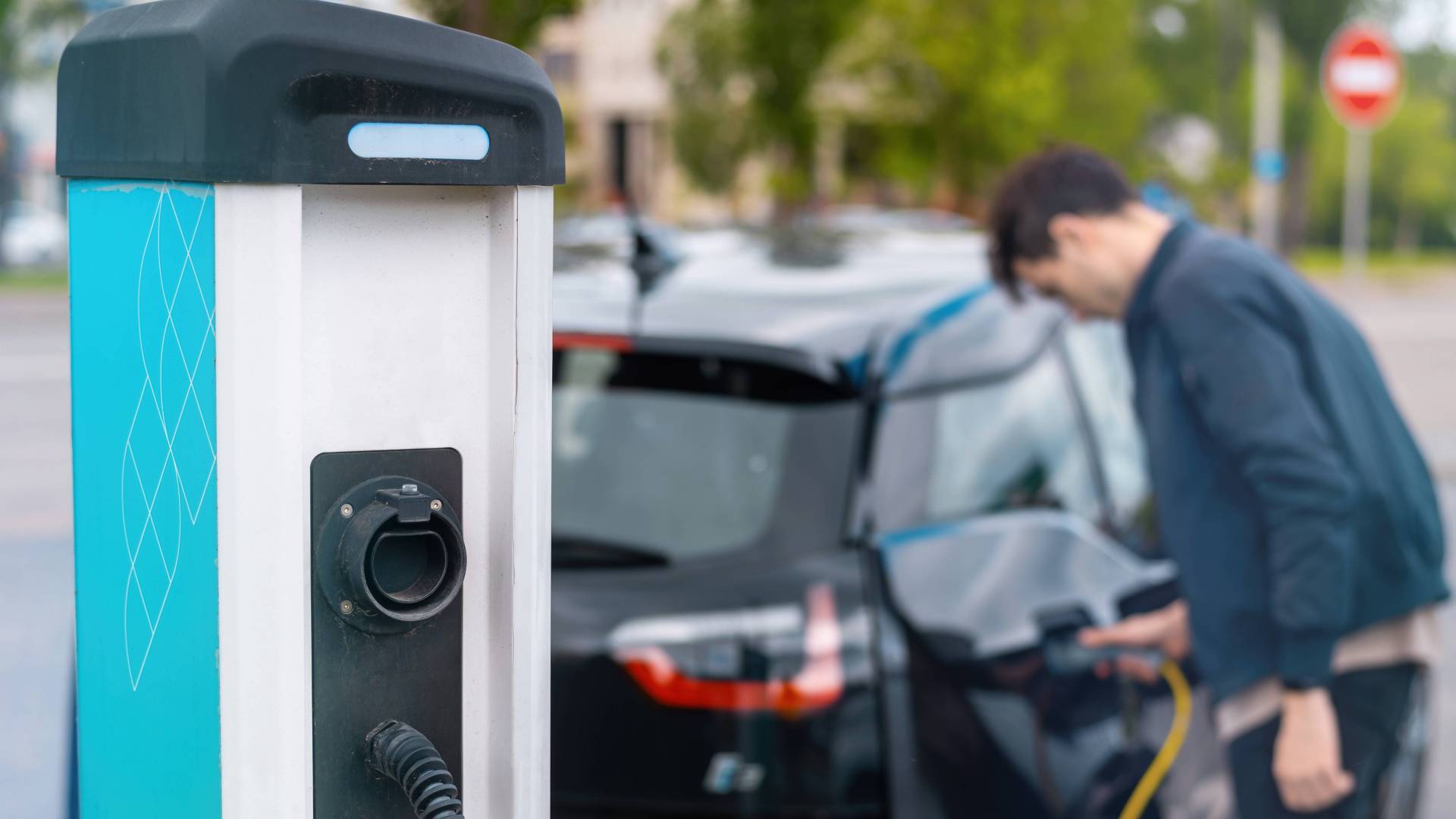
The American space agency NASA has developed a technology that can reduce charging times for electric cars to less than five minutes. The technology is a novel cooling mechanism that was developed under the evocative name of the Flow Boiling and Condensation Experiment (FBCE) project.
It was developed by NASA in collaboration with professors from Purdue University and is used to bring the systems to the right temperature during their stay in space. FBCE was tested on the International Space Station (ISS) back in 2021 and has been providing data since early 2022. However, NASA researchers believe that the technology can also be used on Earth because it can drastically reduce the charging times of electric cars.
Better cooling through an effective heat transfer
Researchers found a way to transfer heat effectively, allowing for effective temperature control. That also means more efficient cooling. They call the technique “supercooled flow boiling”. It works with a liquid in the heat sink that is supplied via a channel. This absorbs the heat until it begins to boil. The technique uses the initially low temperature of the liquid and the phase change from liquid to vapor to transfer heat and conduct it out of the system.
Technology already tested at charging stations
At the moment, chargers for electric cars are still relatively slow. According to NASA, the bottleneck lies in the cooling of the cables. A current of 1,400 amperes would be required for charging times of five minutes or less. However, the fastest chargers currently only work with 520 amperes, since more current would overheat the cables. The researchers applied the FBCE technique to chargers by running the liquid through the charging cord to cool it.
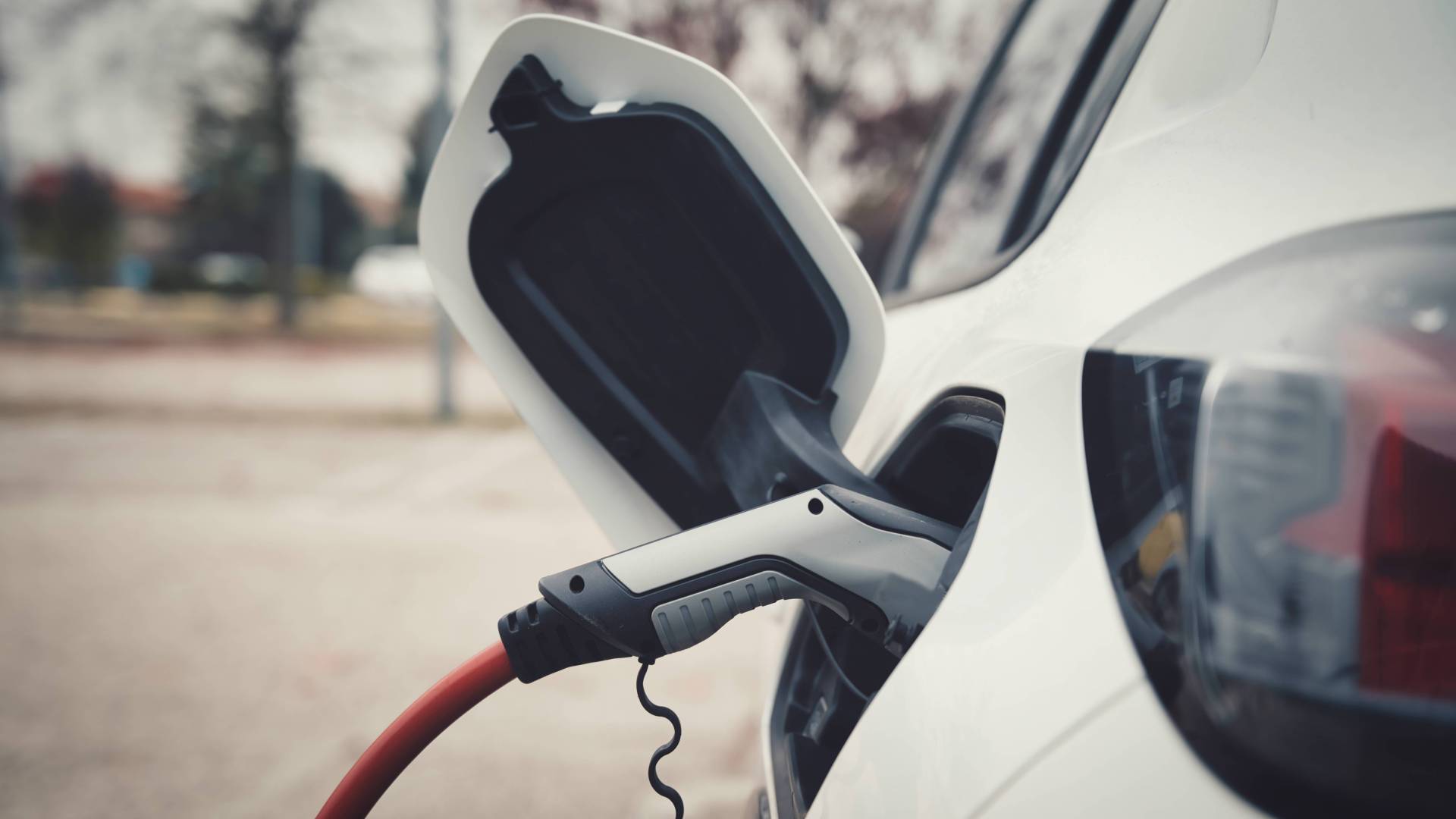
The team was able to remove 24.22 kilowatts of heat from the cable, allowing the charger to deliver 4.6 times more current than the current fastest charger. Overall, the cable was capable of delivering 2,400 amps. That’s far more than the 1,400 amps that would be needed for a five-minute charge.
In theory, the technology is already capable of greatly reducing charging times, but it is still unclear whether or when it will make it into commercial chargers. In addition to cooling technologies for use in space and for electric cars, NASA is also working on a robotic surgeon that will be sent into space in 2024. Source; Nasa.gov
